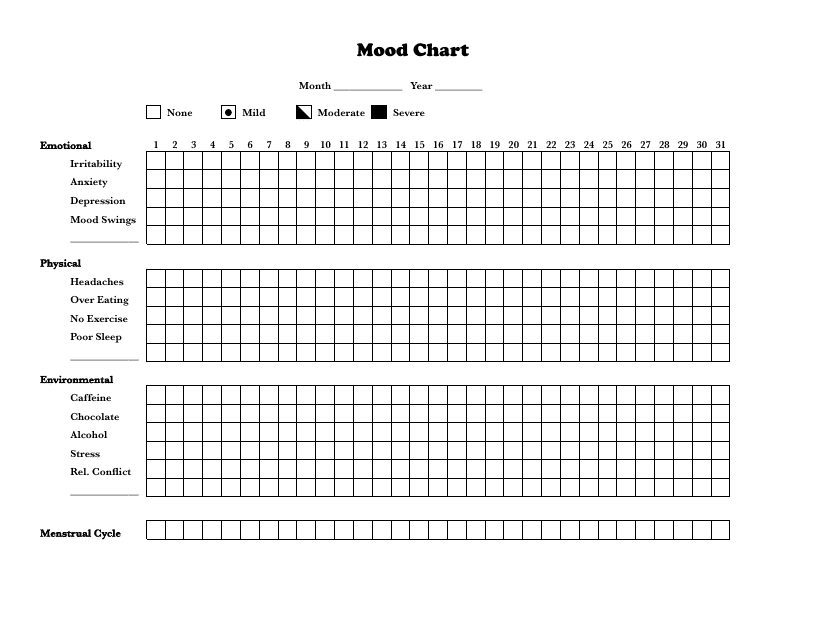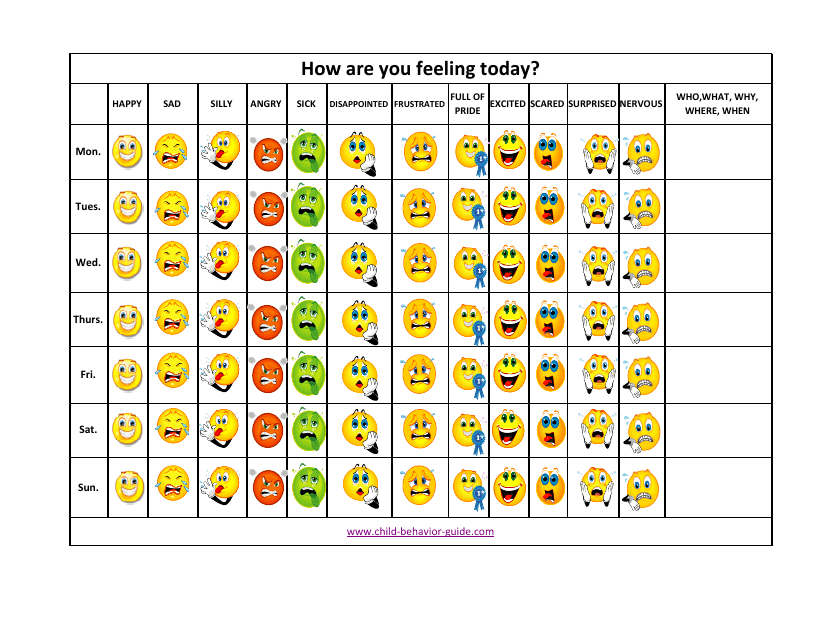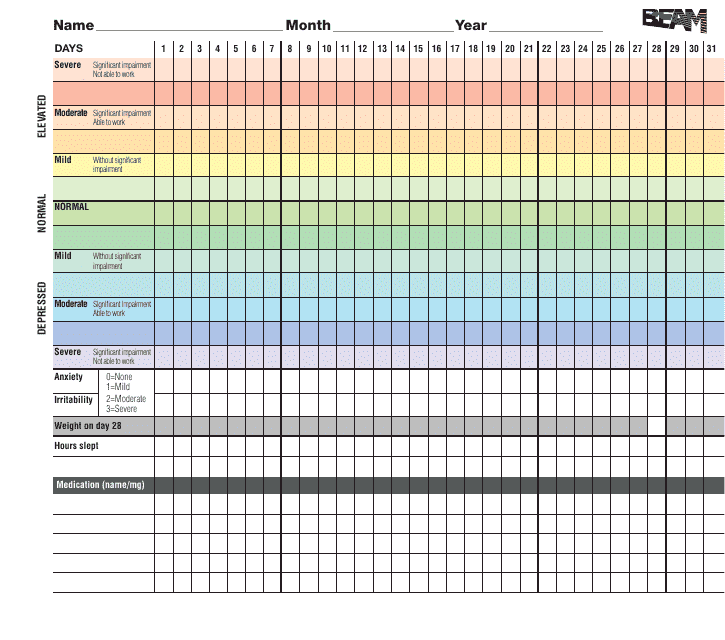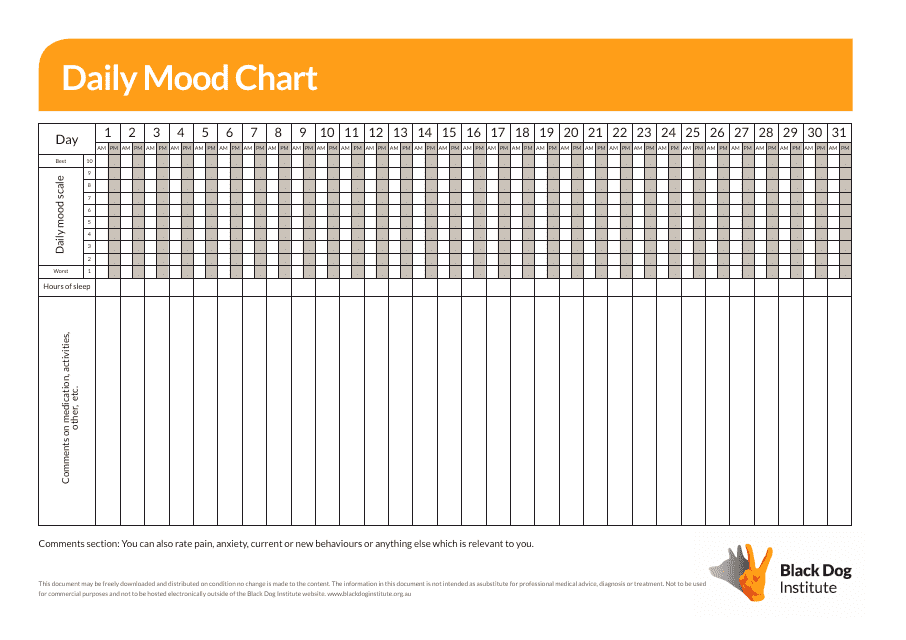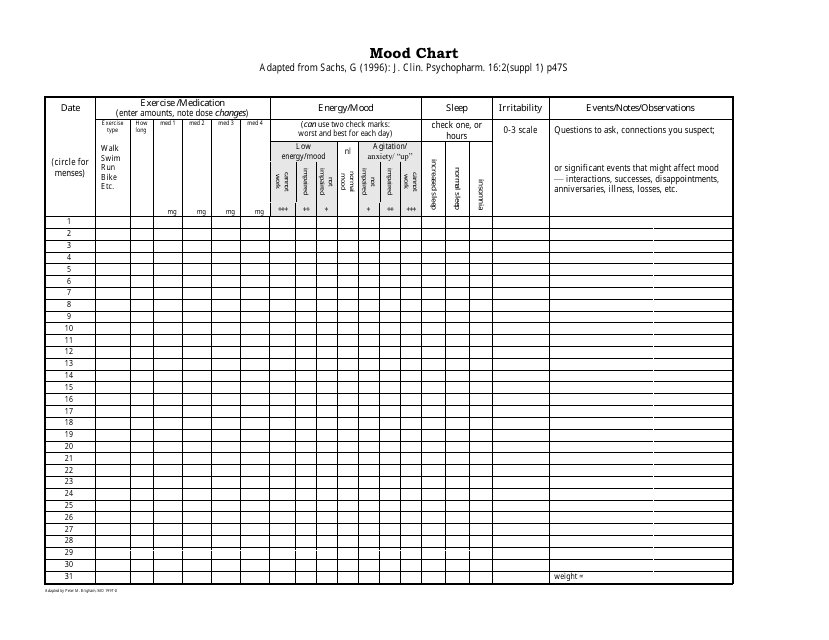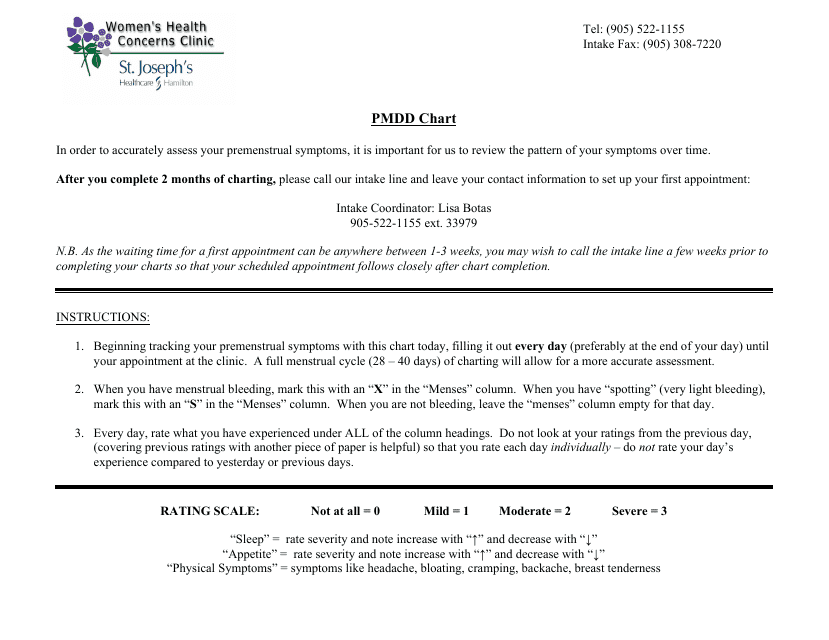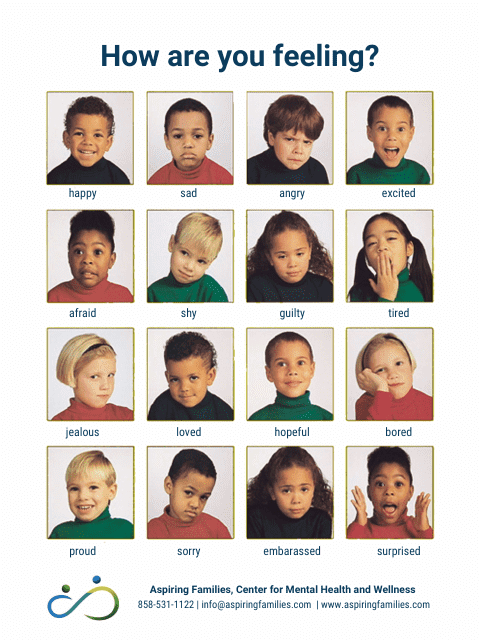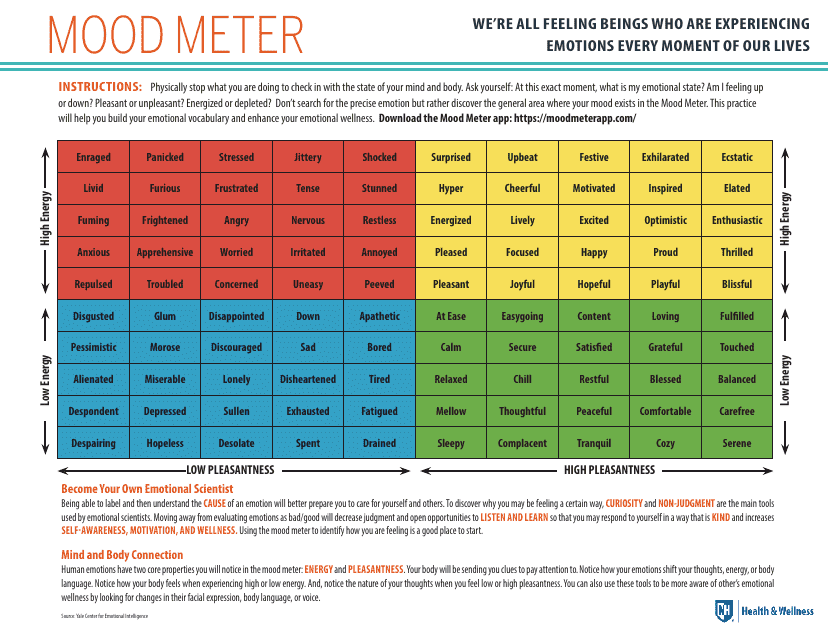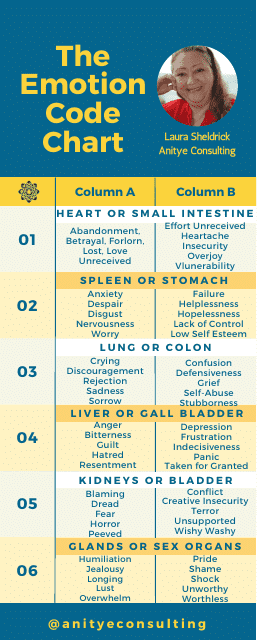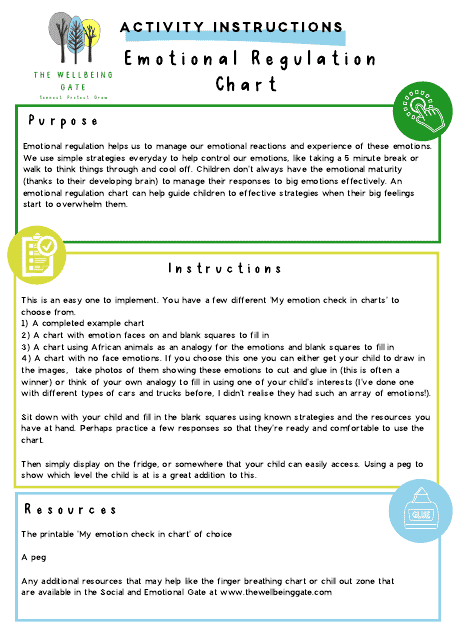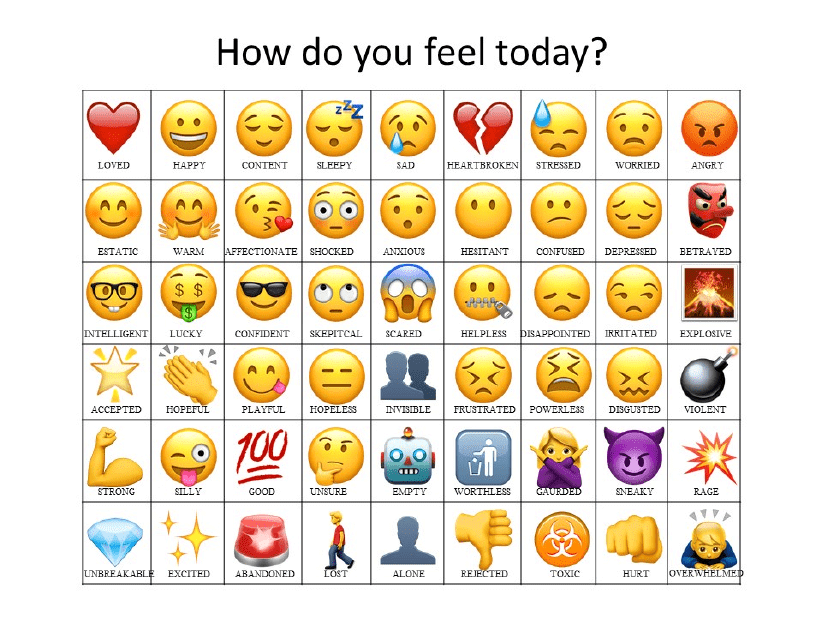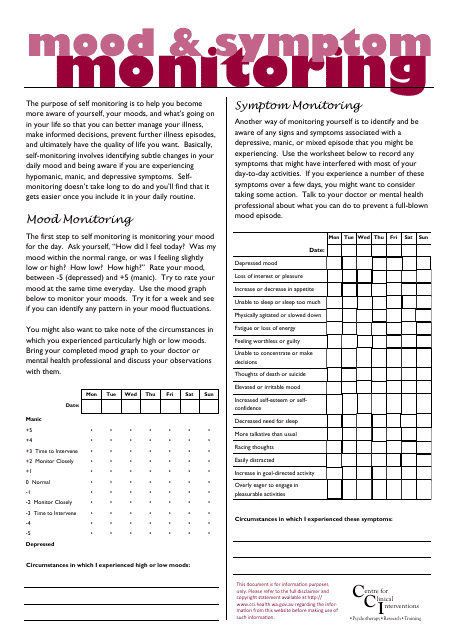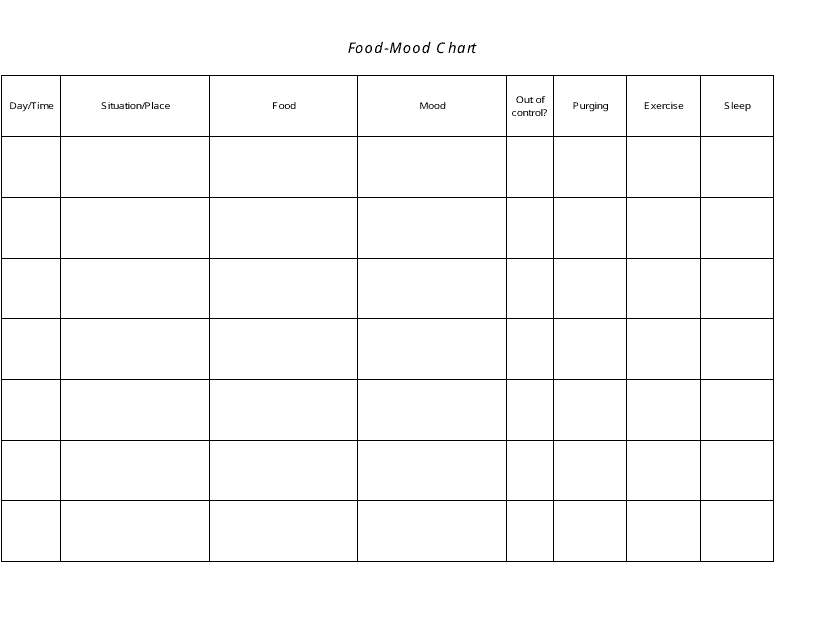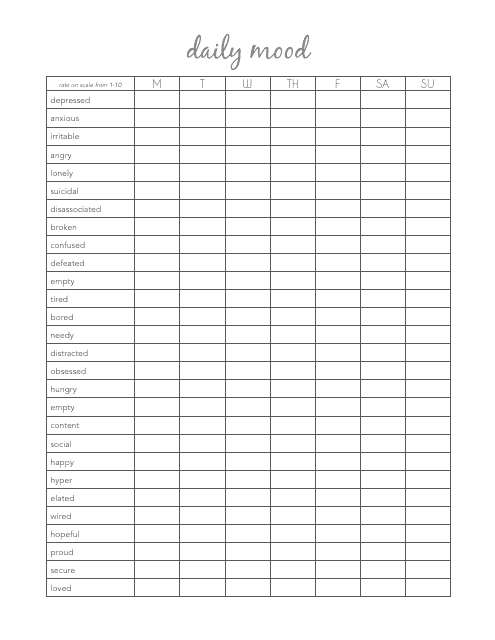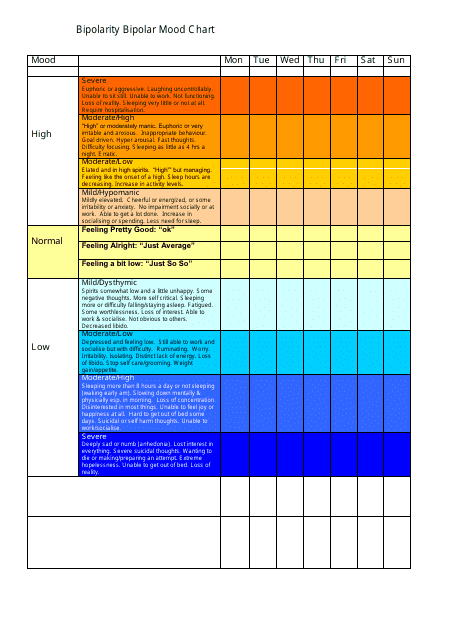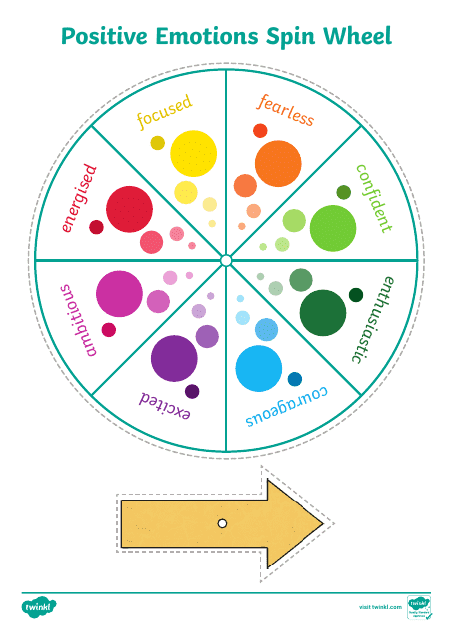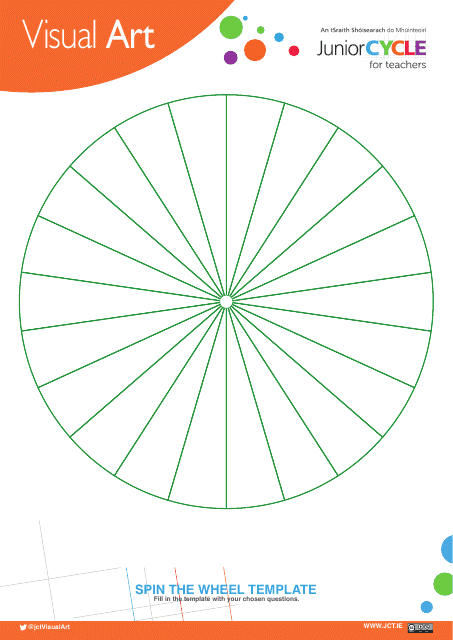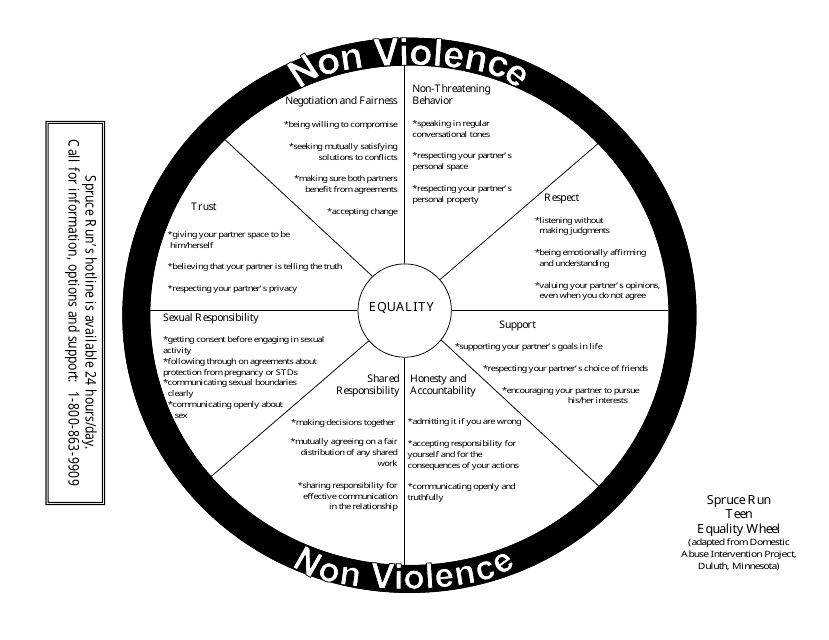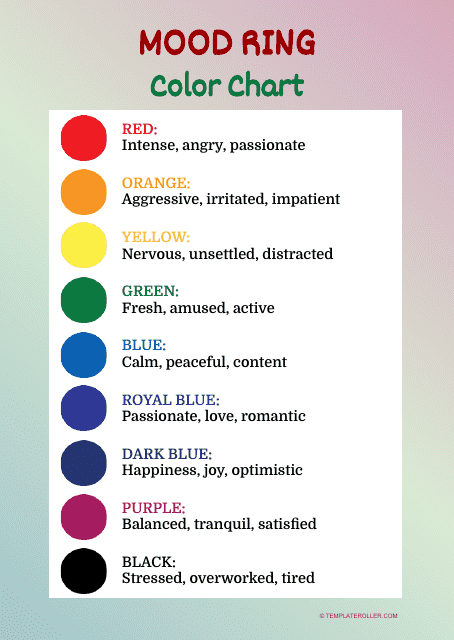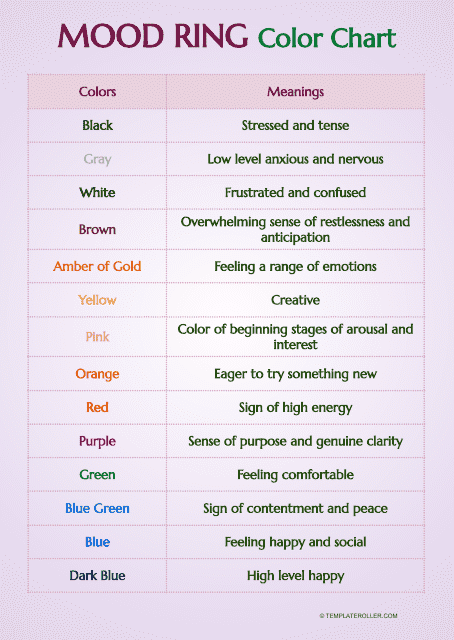Free Mood Chart Templates
What Is a Mood Chart?
A Mood Chart refers to a written tool that represents the mood of a person, most often daily or weekly, via a detailed description of life events or a simple marking with colors. After a few weeks and months of journaling your mental state on a daily basis, you will be able to see what regular occurrences lead to a change in your mood.
For example, if you have been inexplicably worried a day or two before visiting your family, it may be connected to unresolved family issues you should address for your own peace and for better communication with your relatives. Mood Charts are perfect for people that want to cope with various challenges by working with a therapist - bring this document to every session to go through it with the person qualified to provide counseling.
Check out our library below to see a full list of Mood Chart templates.
Mood Chart Types
- Emotion Chart. You can make your own emotion chart from scratch by listing hundreds of words that describe your emotional state - when you are free to contemplate the recent news and events, think about how they made you feel and pick the right word for your mood;
- Mood Ring Color Chart. Mood rings change their color because of the temperature or pressure applied to them. Find out the color spectrum of your own ring and learn how your physical state impacts your mental health;
- Daily Mood Log. We can recommend you to fill out a Mood Chart for Adults before you go to bed - devote ten minutes to calm meditation and define the day with an adjective that shows your inner state best - nervous, agitated, calm, self-absorbed, elated, or enthusiastic.
How to Make a Mood Chart?
Here are some tips that will help you create an effective Mood Log you can turn to whenever you need to track your habits or remember what caused a particularly strong feeling:
- In most cases, it is preferable to monitor mood and ever-changing emotions at the end of the day - make a table that looks like a calendar and add colors next to dates to record your general perception of the day.
- While color associations are different for every person, most people associate red with stress and anxiety, pink with romance, yellow with happiness, and green with tranquillity - you may also opt for the regular color scheme to describe your own feelings and emotions. Remind yourself about the colors you have chosen for your Daily Mood Chart by making a list of them and their significance on the top of the document you are working on.
- Combine the functions of an Emotion Chart and a personal diary - for instance, if you are writing about the events of the day to later organize your thoughts better and reflect on your decisions and relationships with others, you can figure out what you are feeling and use a colored pen or marker to draw a small circle or square on top of the page summarizing your experience.
- Help your child to learn how to express their emotional state with the help of a Mood Chart for Kids . Usually, it is a more colorful form of self-expression - give the kid stickers or pencils so that they are able to convey their thoughts via drawings and familiar symbols. Discuss the events of the day with the child and try to sum up the emotions they are feeling with a single word or color to help them grow and develop in a healthy way.
Still looking for a particular template? Take a look at the related templates below:
Documents:
32
This document is a template for tracking and monitoring your monthly mood. It helps you keep a record of your emotional well-being and identify patterns and trends. You can use it to gain insights into your mental health and take necessary steps for improvement.
This document is a template for tracking and monitoring your mood over time. It can be used to help identify patterns, triggers, and fluctuations in your emotional well-being.
This document is a template for keeping track of your mood on a weekly basis. Use it to record how you're feeling each day and monitor any patterns or changes in your mood.
This type of document is a Daily Mood Chart that helps you track your mood on a daily basis using the app Beam. It allows you to record and monitor your emotions over time, helping you gain insights into your mental well-being.
This document is a monthly mood chart designed for individuals with bipolar disorder to track and monitor their mood swings on a monthly basis. It helps individuals keep a record of their highs and lows, track patterns, and communicate with their healthcare provider about their mood fluctuations.
This type of document is a Daily Mood Chart used by the Black Dog Institute. It helps individuals track and monitor their mood on a daily basis.
This document is a big table for tracking and charting your mood over time. It helps you track your emotions and identify patterns.
This type of document is a PMDD chart that helps track symptoms related to Premenstrual Dysphoric Disorder (PMDD). It can be used to record mood changes, physical symptoms, and other relevant information. It can assist in monitoring and managing PMDD symptoms.
This chart is used to help parents and caregivers understand and navigate children's emotions.
This document is a daily mood chart that is part of a stable resource toolkit. It helps individuals track and monitor their mood on a daily basis.
This document is a tool that helps individuals track and understand their emotions. It allows users to visually represent and self-assess their mood using a color-coded system. This can be useful for promoting self-awareness and managing emotions.
This form is used for tracking and evaluating your daily mood. It helps you monitor your emotional state and identify patterns over time.
This document contains an emotion code chart that can be used to identify and release trapped emotions in the body.
This document provides an emotional regulation chart to help individuals identify and manage their emotions effectively. It is a tool that can be used to track and understand different emotions and their intensity levels.
This type of document helps you track and keep a record of your daily moods throughout the month. It allows you to monitor your emotional well-being and identify any patterns or trends in your mood.
This type of document is a coloring sheet designed to track your mood.
This form is used to track and record high and low energy symptoms on a mood chart. It helps individuals monitor their energy levels and better understand their emotional wellbeing.
This document provides a chart with various emojis representing different feelings or emotions. It can be used as a reference guide to understand the meaning behind different emojis.
This type of document is used for monitoring and tracking mood and symptoms. It helps individuals to keep track of their emotional well-being and any symptoms they may be experiencing.
This document is a food-mood chart used to track the correlation between what you eat and how it affects your mood.
This type of document is used for tracking your food intake and mood. It can help you identify any correlations between what you eat and how it affects your mood.
This document is a Bipolar Disorder Mood Tracker that helps individuals track their mood and record any changes or patterns for better management of the disorder.
This document provides a visual representation of a range of emotions using a wheel chart. It can help individuals identify and label their emotions for better emotional awareness and communication.
This document is a Bipolar Mood Chart that helps individuals with bipolar disorder track their mood. It allows for the monitoring and recording of mood fluctuations over time, helping to identify patterns and triggers in bipolar episodes.
This template offers a creative and interactive way to explore positive emotions. It can be utilised by educators, psychologists, or individuals to identify, discuss, and understand various positive emotions. Material is helpful in personal growth, emotional development, and mental wellness practices.
This document provides a ready-to-use design for game activities, giveaways, or decision-making processes. It can be customized for different scenarios or events.

